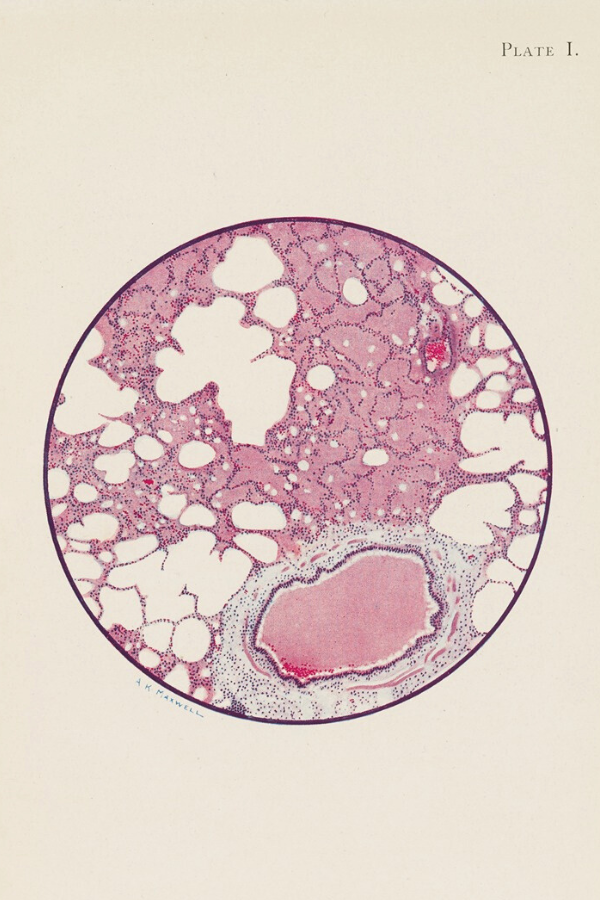

The Mid-Career Switch: How to Become a Medical Illustrator
Summary
This article provides a comprehensive guide on transitioning to a career as a medical illustrator, a field blending artistic talent with an understanding of medical science. It details the vital role medical illustrators play in healthcare, education, and research, outlines the educational and skill requirements, discusses professions that transition well into medical illustration, and provides insights into building a strong portfolio, gaining relevant experience, and navigating the job market. It emphasizes the importance of a foundation in both arts and sciences, continuous learning, and dedication to excellence for those aspiring to this unique and impactful career.
Reflection Questions
- How does the interdisciplinary nature of medical illustration challenge the traditional separation of art and science? What does this imply for professionals in either field considering a switch?
- Reflect on the importance of continuous learning in the field of medical illustration. How does the need to stay updated on medical and technological advancements impact the career trajectory of a medical illustrator?
- Considering the various pathways to becoming a medical illustrator, what factors should someone weigh when deciding between a traditional educational route and alternative training options?
Journal Prompt
Imagine you are at a crossroads in your career, considering a switch to medical illustration. Write about the motivations driving this change. Consider your background, skills, and passions, and how they align with the role of a medical illustrator. Reflect on the challenges you anticipate in making this transition and how you plan to overcome them. Detail the steps you would take to assess your readiness, fill any gaps in your knowledge or skills, and position yourself for success in this field.
Medical illustration is a specialized field that combines artistic skill with a deep understanding of anatomy, physiology, and medical procedures. This unique career path offers a fulfilling blend of artistic expression and scientific accuracy, making it an ideal choice for individuals passionate about art and science and wondering how to become a medical illustrator. In this article, we’ll outline everything you need to know about transitioning to a career as a medical illustrator.
Understanding the Role of a Medical Illustrator
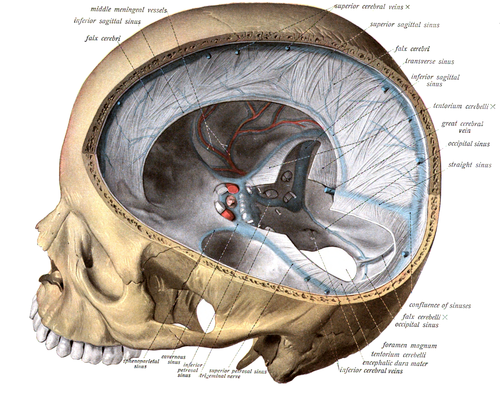

Medical illustrators, also known as medical artists, play a crucial role in visualizing complex medical concepts for various purposes. They create a wide range of visuals, including anatomical drawings, surgical procedures, biological processes, and medical illustrations for textbooks, journals, patient education materials, and multimedia presentations. These visuals are essential for conveying information accurately and effectively to healthcare professionals, students, patients, and the general public.
Medical illustrators are essential contributors to healthcare, education, and research. They create medical illustrations that aid healthcare providers in understanding conditions, treatments, and procedures, thus improving patient care. Additionally, they develop educational materials to enhance health literacy initiatives and patient outcomes. In education, medical illustrators play a crucial role in teaching medical and allied health students, providing clear visual representations of complex anatomical structures and physiological processes. They collaborate with educators to develop interactive multimedia resources, including anatomical models and virtual simulations, enriching the learning experience.
In research, medical illustrators support scientific discovery by visually communicating research findings and hypotheses. Their work facilitates presentations at conferences, publication in scientific journals, and securing funding for further studies. They also contribute to interdisciplinary projects by visualizing complex data and concepts in biomedical engineering and biotechnology. To become a medical illustrator, individuals typically pursue education from an accredited graduate program and may seek certification. Their work advances medical science knowledge through the visual representation of medical and scientific knowledge, making medical illustrators invaluable contributors to various fields.
Assessing your Skills and Background
Transitioning into a career as a medical illustrator involves recognizing and leveraging transferable skills and knowledge from your current profession. Whether you’re a practicing medical illustrator, a medical illustrator animator, working in medical research, or involved in patient education, skills such as attention to detail, ability to synthesize complex information, and proficiency in communication are invaluable.
A Foundation in the Arts and Sciences
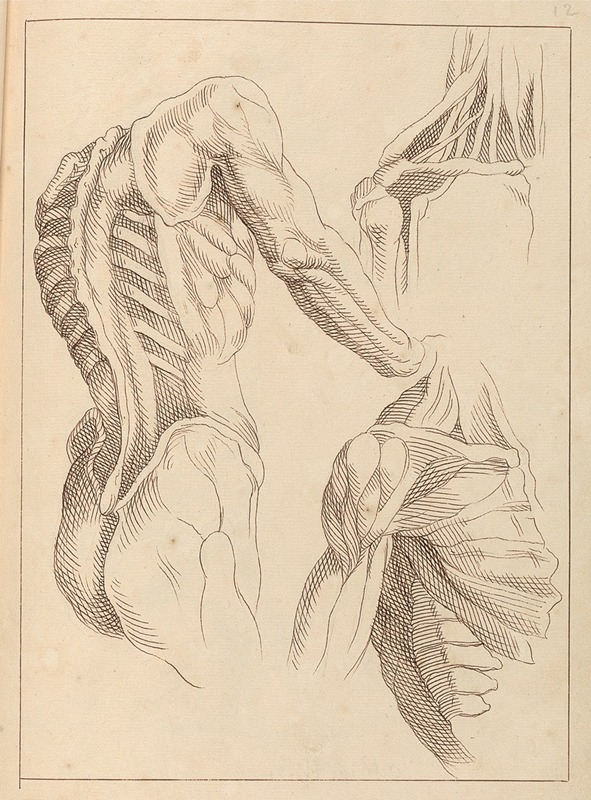

A strong foundation in both art and sciences is essential for success in this field. Assess your readiness by evaluating your proficiency in areas such as anatomy, physiology, and illustration techniques. Consider pursuing additional education or training, such as a master’s degree in medical illustration or coursework in biomedical science, to bridge any gaps in your knowledge.
Commitment to Continuous Learning
Engage in self-directed learning and seek opportunities to gain hands-on experience in medical illustration. Collaborate with medical illustrators or medical illustrator animators to understand the intricacies of surgical illustration or biological process visualization.
Additionally, stay informed about advancements in medical science and technology. Interdisciplinary knowledge, including computational molecular biology and biomedical sciences, can enable you to create innovative and accurate medical illustrations.
Dedication and Excellence
Ultimately, becoming a certified medical illustrator requires dedication, a commitment to excellence, and a willingness to continually enhance your skills. By leveraging your existing expertise and pursuing further education and training, you can prepare yourself for a rewarding career in medical illustration.
Fuel your creative fire & be a part of a supportive community that values how you love to live.
subscribe to our newsletter
*please check your Spam folder for the latest DesignDash Magazine issue immediately after subscription


Professions That Easily Transition to Medical Illustration
Several professions offer a smooth transition into the field of medical illustration, leveraging existing expertise and knowledge in medical science and visual communication.
Biomedical Scientists and Researchers
Professionals working in research labs analyzing and modeling research data possess a deep understanding of medical science. By complementing their expertise with training in visual communication, they can excel in creating informative and accurate medical illustrations. This transition empowers health literacy by making complex medical concepts more accessible to a wider audience.
Healthcare Professionals
Nurses, doctors, and other healthcare professionals have firsthand experience and knowledge of medical procedures. Transitioning into medical illustration allows them to communicate complex medical information effectively through visuals. Their practical experience in healthcare settings and understanding of patient needs enriches their work as medical illustrators, contributing to improved health literacy.
Biological and Natural Science Illustrators


Professionals skilled in illustrating flora, fauna, and biological processes have a solid foundation in scientific illustration. With additional training in medical illustration, they can specialize further in depicting medical procedures and anatomical structures. Their expertise in biological sciences translates seamlessly into creating accurate and visually engaging medical illustrations.
Dentists and Dental Technicians
Their specific knowledge of human anatomy, particularly in the oral and maxillofacial regions, provides a strong foundation for specialized medical illustration in dentistry. Transitioning into medical illustration allows them to utilize their expertise to create educational materials and visual representations of dental procedures.
Veterinarians and Veterinary Technicians
Similar to healthcare professionals for humans, veterinarians possess a comprehensive understanding of anatomy and procedures for animals. This knowledge can be applied to create educational materials in veterinary medicine, addressing the unique needs of veterinary students and practitioners.
Everything You Need to Know About Making the Mid-Career Switch
Educational Pathways and Requirements
Becoming a medical illustrator involves a multifaceted educational journey tailored to the intricate demands of the profession. For aspiring professionals, embarking on this path typically starts with a solid foundation in the arts and sciences. High school students keen on pursuing this career can benefit from participating in a college preparatory program that emphasizes both art and medical science. Undergraduate studies often revolve around obtaining a degree in a related field such as biological illustration or human anatomy, providing students with the necessary skills to grasp complex information and translate it into visually comprehensible form.
At the graduate level, specialized graduate programs in medical illustration offer comprehensive training essential for medical illustrators’ work. Accreditation by reputable bodies like the Association of Medical Illustrators (AMI) ensures the quality and rigor of these programs. Attending accredited programs, such as those offered at renowned institutions like Johns Hopkins University School of Medicine, is crucial for aspiring professionals. These programs typically include rigorous portfolio reviews and hands-on experiences, preparing graduates to excel in their roles as medical illustrators.
For those who may not pursue a traditional educational path, alternatives such as post-baccalaureate certificates and online courses can provide valuable training. Additionally, individuals with backgrounds in art and animation can explore roles as medical animators or medical simulation trainers, leveraging their expertise to disseminate medical and scientific data in innovative ways.
Throughout their education, aspiring medical illustrators also gain insights into business practices and the professional artist’s role, ensuring they are equipped to navigate the industry effectively. Their ability to visualize complex scientific story details and molecular interactions not only enhances patient outcomes but also supports research endeavors in research labs and journal articles.
In today’s digital age, virtual reality and data exploration processes have opened new avenues for medical illustrators’ work, creating opportunities for visualization specialists to excel. With extensive training in both art and medical science, medical illustrators are well-positioned to make significant contributions to advancing medical and scientific knowledge through their creative endeavors.
Building a Strong Portfolio
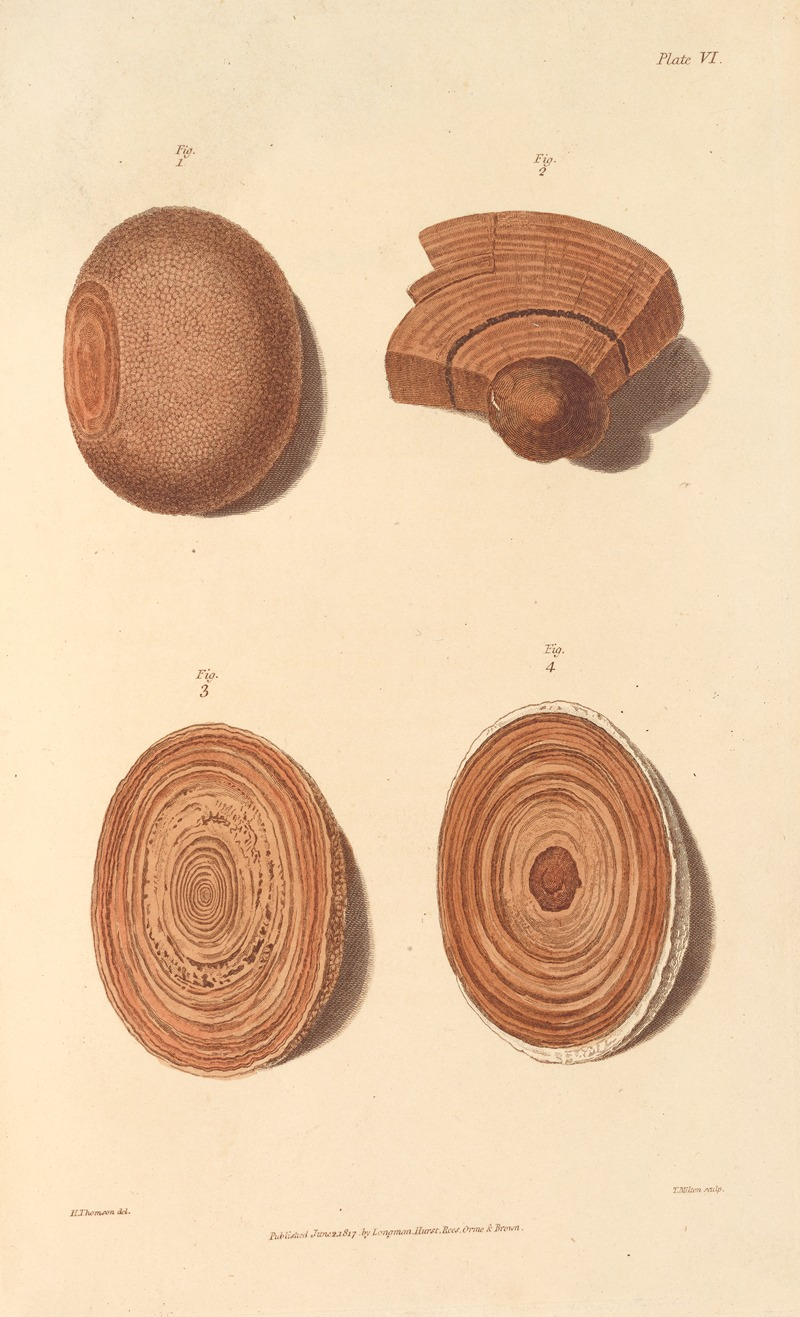

Building a strong portfolio requires careful consideration of the content you include and how it reflects your abilities and interests. By placing such material in the spotlight and emphasizing your strengths in technical skill, scientific knowledge, and creativity, you’ll increase your chances of success and potentially command a higher median salary in the field of medical illustration.
By including a variety of projects, such as anatomical drawings, surgical illustrations, medical animations, and interactive visualizations, you can highlight your versatility and appeal to a broader audience, including medical schools and public health organizations.
Each piece in your portfolio should tell a story and convey information in a clear and engaging manner. Emphasize the importance of a clear visual narrative, ensuring that viewers can easily understand the message you’re conveying. Whether you’re illustrating the intricacies of cell biology or depicting a complex medical procedure, focus on maintaining clarity while also capturing the viewer’s attention.
Highlighting your attention to detail and precision will demonstrate to potential employers, including art directors and creative directors, that you possess the necessary skills to excel in the field. Additionally, consider including collaborative projects that showcase your ability to work as part of a team, particularly in interdisciplinary settings where medical illustrators collaborate with healthcare professionals or researchers.
Pursue opportunities to enhance your skills and knowledge, whether through formal education, such as a master’s program in medical illustration, or through self-directed learning in areas such as visual storytelling.
Gaining Relevant Experience
Gaining relevant experience in the field of medical illustration can be achieved through various strategies, each offering unique opportunities for skill development and networking. One effective approach is to seek out internships or volunteer opportunities with organizations or institutions involved in healthcare, medical education, or scientific research.
Professional networking also plays a crucial role in gaining relevant experience and advancing your career in medical illustration. Connecting with established medical illustrators and related professionals allows you to learn from their experiences, seek advice, and potentially collaborate on projects.
In addition to gaining practical experience and expanding your professional network, it’s important to continue honing your skills and expertise in areas such as graphic design, figure drawing, and direct observation. By demonstrating natural ability and a detail-oriented approach to your work, you can position yourself as a valuable asset in the competitive field of medical illustration. As the employment outlook for medical illustrators continues to grow, placing as much emphasis as possible on gaining relevant experience and building professional connections will be key to success in this particular facet of visual communication.
Certification and Professional Development
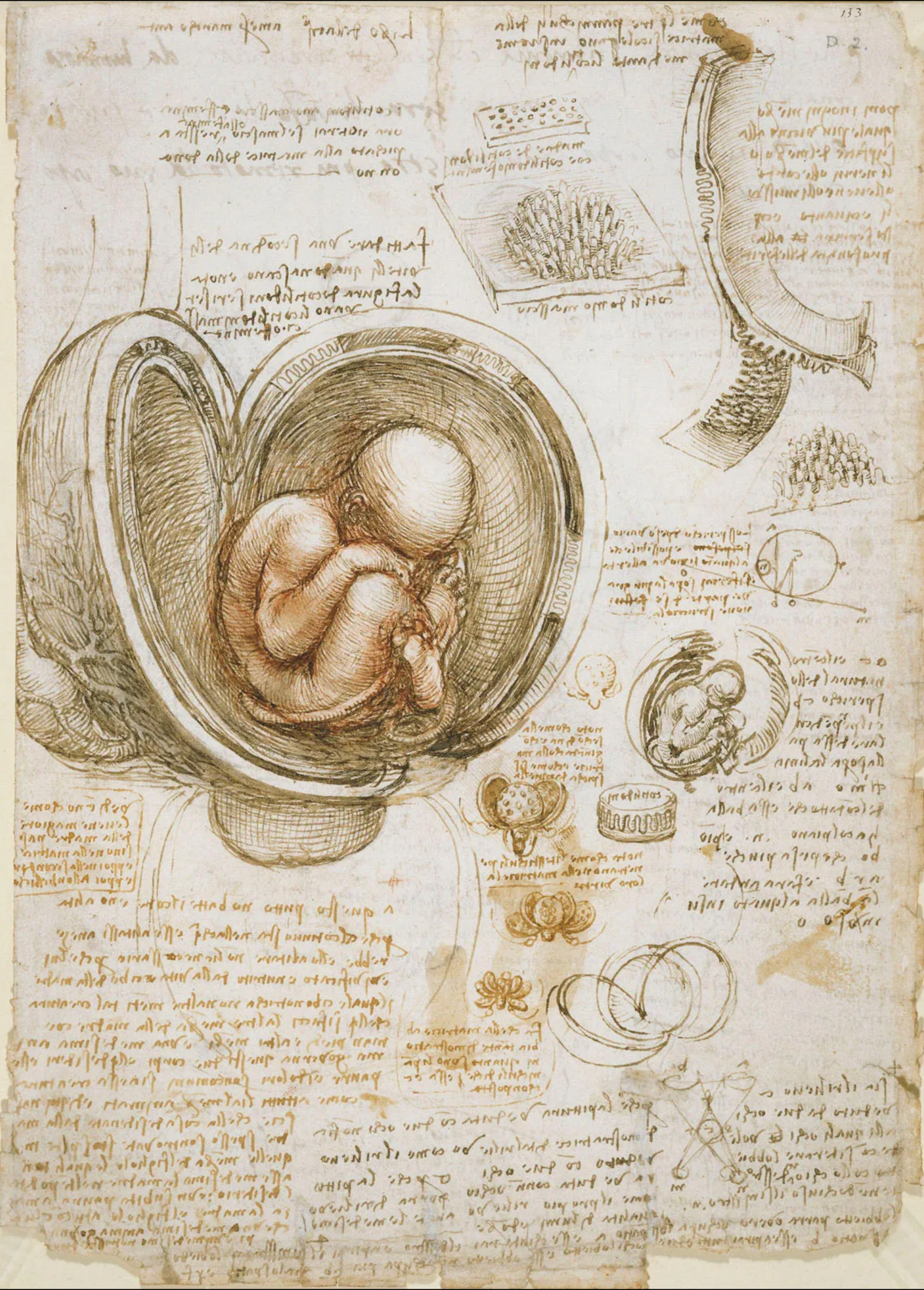

Certification and professional development opportunities are integral to advancing your career in medical illustration and staying current with industry standards. One significant certification process is offered by the Board of Certification of Medical Illustrators (BCMI), which awards the designation of Certified Medical Illustrator (CMI) to qualified individuals.
The BCMI process involves rigorous evaluation of an applicant’s portfolio, educational background, and professional experience to ensure proficiency in the field. Achieving CMI status not only validates your skills and expertise but also enhances your credibility as a detail-oriented professional within the medical illustration community.
Whether pursuing a graduate degree in medical illustration or participating in specialized training programs focused on specific areas of the human body or medical illustration, investing in professional development ensures that you remain competitive and capable of producing high-quality work in this dynamic field.
Navigating the Job Market
Navigating the job market as a medical illustrator offers a range of employment opportunities, catering to diverse interests and career paths. Freelance work provides flexibility and autonomy, allowing medical illustrators to take on projects from various clients, including educational institutions, healthcare organizations, and research facilities.
Additionally, research facilities and health games companies may hire medical illustrators to support scientific research, develop interactive educational tools, or create visual content for digital platforms. When applying for jobs in the medical illustration field, it’s essential to tailor your resume and interview preparation to highlight your skills and experience relevant to the position. Emphasize your proficiency in medical animators work and other relevant areas, such as graphic design, illustration techniques, and knowledge of medical terminology and anatomy.
Balancing the Transition
Making a career switch, especially for mid-career professionals, can present unique challenges that require careful consideration and planning. One of the primary concerns is balancing various aspects of life, including family responsibilities, financial considerations, and educational needs.
Transitioning to a new career may involve investing time and resources in further education or training, which can impact both finances and daily routines. It’s essential to develop a strategic plan that addresses these considerations while also considering the potential long-term benefits of pursuing a career in medical illustration.
Final Thoughts


For those considering a career in medical illustration, we offer encouragement and enthusiasm for the journey ahead. The field of medical illustration represents a unique intersection of art and science, where creativity meets precision in a truly fascinating way.
Through your work, you’ll have the chance to create visuals that educate, inspire, and empower others. Whether you’re illustrating surgical procedures, developing patient education materials, or collaborating on research projects, your contributions will have a tangible impact on healthcare professionals, students, patients, and the general public.
By Armela E.
Design Dash
Join us in designing a life you love.
-
What is Tax-Loss Harvesting, Is It Legal, and Does It Build Wealth?
A legal and simple strategy, tax-loss harvesting helps you offset capital gains and grow your wealth by reducing your tax bill.
-
DesignDash Guide: Create the Ultimate Fall Capsule Wardrobe
Build a fall capsule wardrobe to streamline your style, save time, and support sustainability with versatile, high-quality pieces.
-
How to Support a Partner Who is Making a Major Career Change
Wondering how to be a supportive partner during periods of transition? Here’s how to care for your partner (and yourself) during this time.
-
How Dollar-Cost Averaging Can Help You Navigate Market Volatility
Learn how dollar-cost averaging (DCA) can help you grow your wealth with consistency and ease, even during market volatility.
-
Fall Meal Prep: Maximizing Space for Soups, Stews, and Bakes
From decluttering your pantry to creating a cozy prep station you’ll actually enjoy, here’s how to organize your kitchen for fall meal prep.
-
Looking to the Future? Maybe It’s Time to Refresh Your Firm’s Brand
Your interior design business shouldn’t have to rebrand every time you open a new studio or add a new service, but it might need a brand refresh.








